The other night I watched the popular, opinionated, and entertaining BBC art historian Waldemar Januszczak discuss Medieval and Renaissance art. Over the years he has presented many shows on various artists and artistic movements. His programs, while informative, are distinctly opinionated. That’s fine, there is no law saying that you can’t present your own opinions (the exception, of course, being social media).
In one of his shows Mr. Januszczak briefly mentioned the Shroud of Turin. He said that the Shroud is a fake, a forgery, a bogus remnant of Medieval skullduggery. Yet, based on over fifty years of scientific research one can say that Mr. Januszczak’s opinion and conclusion is undoubtedly wrong.
It is my informed opinion that the Shroud is more than a just an interesting cultural artifact. I believe that it is a relic of the passion, death, and resurrection of Jesus Christ. My belief is based on faith and scientific evidence.
The Shroud of Turin is a linen herringbone weave cloth. It is 14 ft. 3 in. long by 3 ft. 7 in. wide. It appears to have served as the burial cloth of a man (5 ft. 11 in. tall and of muscular build) who had been severely beaten, scourged with a Roman flagrum, his scalp pierced with thorns or slivers of bone, who fell numerous times on a pavement, and was crucified in the Roman fashion.
Since the 1950’s significant and serious investigations have been completed by reputable physicians, scientists, and specialists on the Shroud.
Research is ongoing. Current results certainly lead the unbiased observer to conclude that the Shroud is not a fake. There are, however, commentators that continue to bang the drum and receive headlines claiming that the Shroud is bogus.
Science can never prove that the Shroud of Turin is the burial cloth of Jesus. That is not its job. It can, however, determine and clearly pronounce the scientific and historical evidence contained within it. Valid research results point to specific conclusions. In the case of the Shroud of Turin science, logic, reason and ultimately faith will lead a Christian to conclude that the Shroud of Turin is the true burial cloth of Jesus.
The responsibility of scientists and specialists gleaning the Shroud is to follow the Scientific Method of establishing a hypothesis, produce correct models of investigation and data collection, accurately and without bias thoroughly investigate, check for error, and publish their conclusions for peer review. Impartial scientists, anthropologists, and historians of the Shroud should have no agendas secret or public.

The following points are a minuscule portion of the available scientific and historical results related to the Shroud of Turin:
- The “Hungarian Pray” Manuscript (1192 – 1195 AD) contains a painting of the burial cloth of Jesus Christ that had, at one time, resided in the city of Constantinople. Interestingly, it clearly shows a herringbone weave, the lack of visible thumbs on the body, L-shaped burn holes that are also on the Turin shroud, etc. The date of that manuscript provides a clear discrepancy with the 1988 Oxford C 14 date of 1260 – 1390 AD.
- The Shroud shows over 100 scourge marks on the man’s body resulting from a Roman scourging tool called a flagrum. It is a whip of two or three leather strips with lead balls or pieces of splintered bone attached at the end. Its purpose was to tear pieces of flesh off of the chest, back, thighs, and calves. The man in the Shroud was simultaneously scourged by two men.
- There are deep abrasions on the man’s shoulders from carrying a heavy object.
- There are 141 different pollens found within the fibers of the Shroud. Forty-five of them are specifically from the area in and around Jerusalem, and thirteen from the area within and around Constantinople (present day Istanbul, Turkey).
- The coloration of the entire image goes only one or two fibers deep into the thread structure. It has been determined that no paint was used to discolor the fibers. The fibers were scorched by some unknown process which contributed to the image being formed of the crucified man.
- The facial features of an icon of Christ (known as Christ Pantocrator), found in St. Catherine’s Monastery in Egypt, perfectly corresponds to the facial image found on the Shroud of Turin and the Sudarium of Oviedo (the face cloth that covered the face of a man who was severely beaten). That specific icon of Jesus Christ is dated to the 500’s, not the Middle Ages.
- Human blood is found throughout the Shroud. It is type AB. “The blood has a high bilirubin content and nanoparticles of creatinine bound to ferritin” indicating that the man on the Shroud was severely tortured (quotation of research by scientist Robert Rucker which is found on-line).
- The Shroud shows the location of nail wounds possibly through the wrist. The nails may have extended up through the palm; this would allow the nails to suspend the man without having his body’s weight tearing him away from the cross/tree.
- Photographs taken in 1988 show Giovanni Riggi cutting samples from a part of the Shroud that would be Carbon 14 tested that year. Riggi is not wearing protective gloves or face mask. Cardinal Ballestrero is leaning on the table over the Shroud, and another technician has his ungloved hand on the table right next to the area that was being sampled. How can we conclude that this sampling was pure since its data collection methodology was so flawed and sloppy? This provides another fact that throws the 1988 C-14 date into question
- Pope Stephen III (768 – 772 AD) specifically discusses the Shroud and how the “Lord’s face and entire body …was transfigured on the cloth so that those who could not see Him bodily were able to see Him divinely transfigured on the cloth” (quotation found in Ian Wilson’s The Shroud of Turin. Image Books, 1979). Other Popes, prior to 1200 also speak publicly about the Shroud.
If you are interested in this subject you should seek out additional research papers and books (that are legitimate) to help you form your own conclusions (start with Vittorio Guerrera’s book – The Shroud of Turin, published 2001. He provided the basis for the above ten points). Ultimately, for many Christians, belief in the Shroud as the burial cloth of Jesus, comes down to scientific evidence, personal faith, and the realization that Jesus Christ’s savage death led to our Redemption and the joy of His glorious resurrection.
Copyright © 2011- 2022 by Deacon Paul O. Iacono – All Rights Reserved. Permission to reprint essays and/or my paintings must be obtained from me by, using the comment box and making a comment/request on the post. I will respond to you through answering in the comment box. Students, and those interested, may quote small sections of my essays as long as the proper credit and notation is given. Thank you.

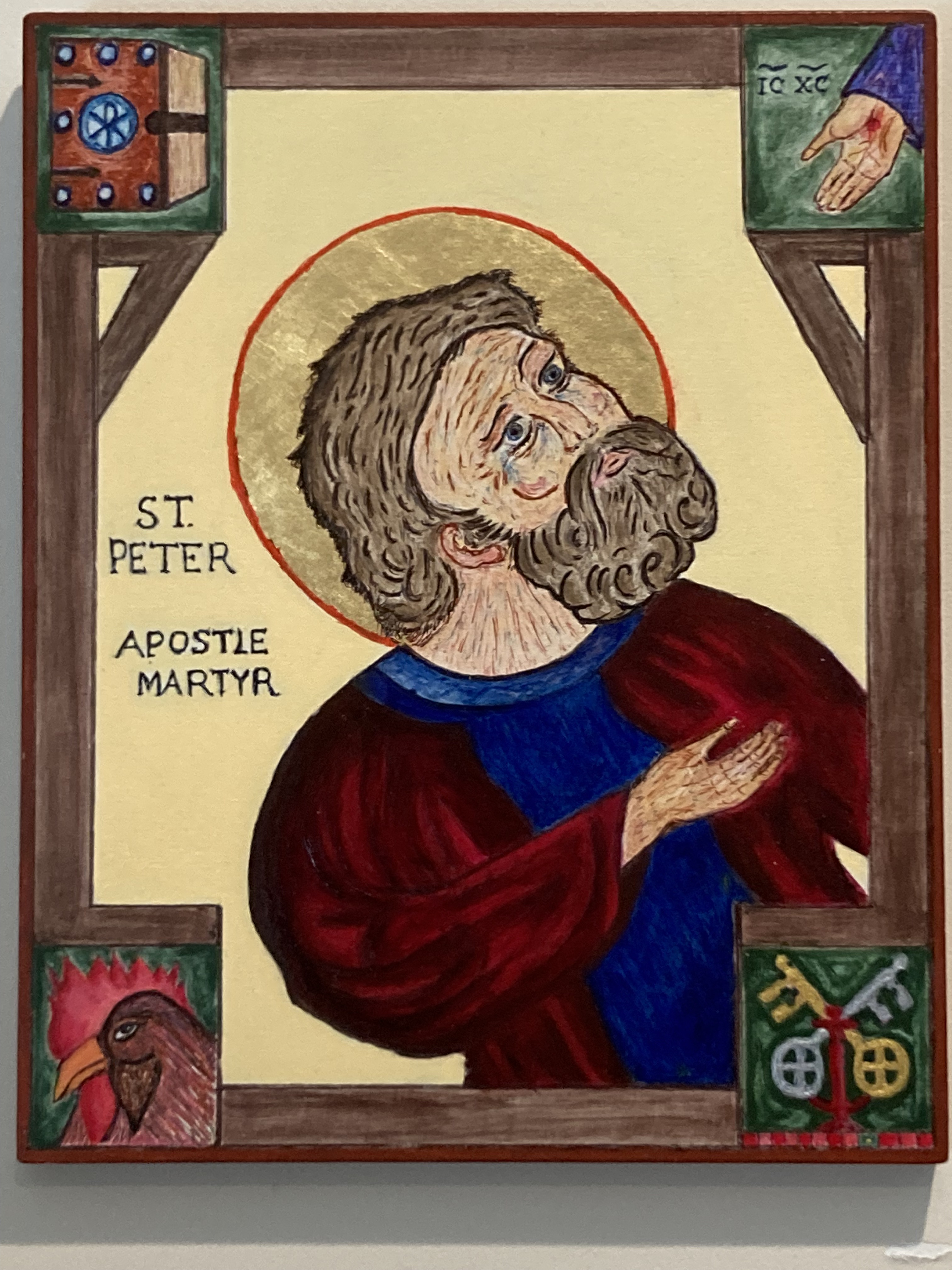

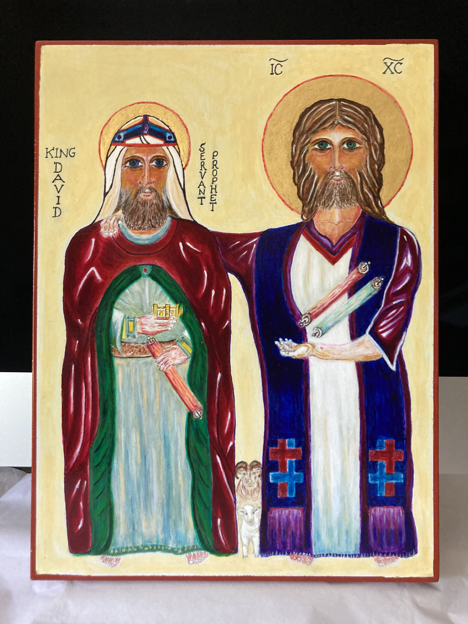


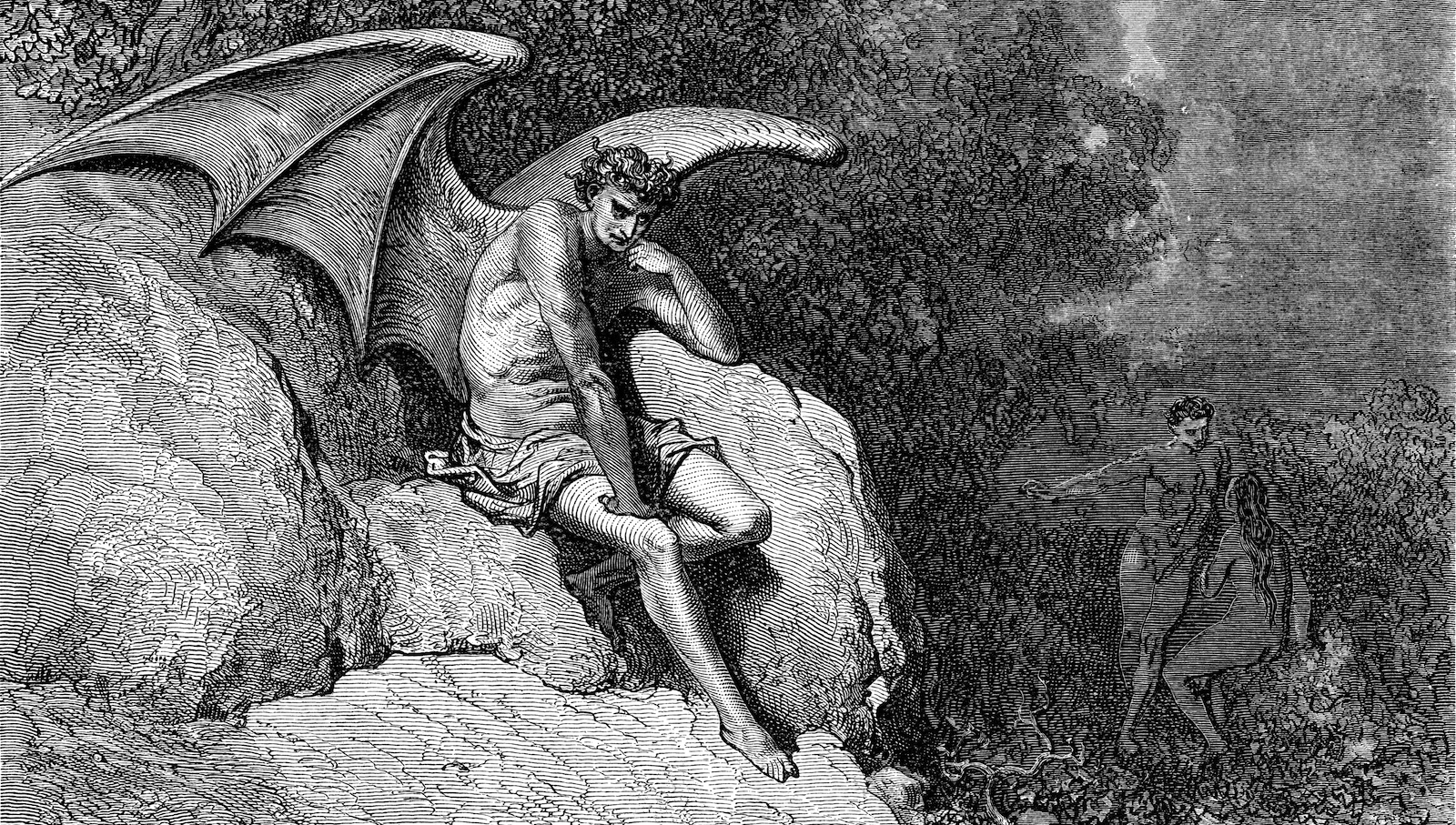
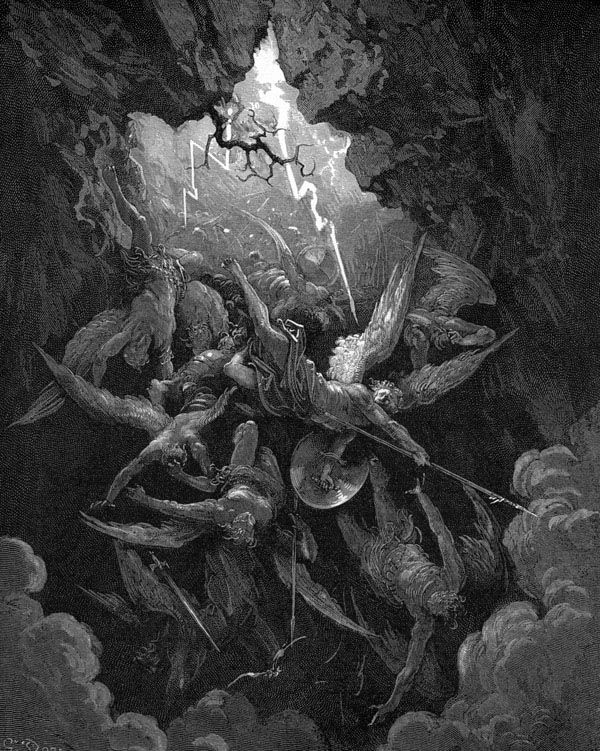



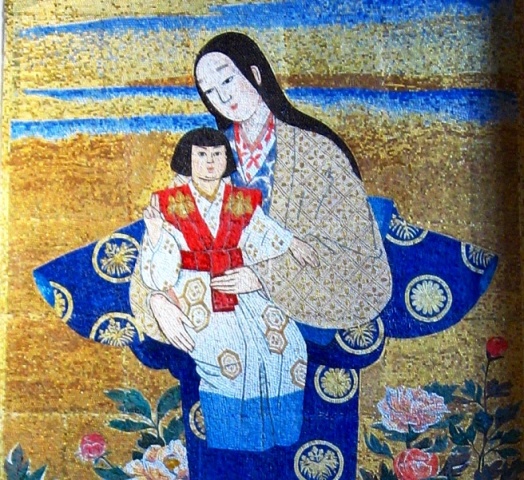


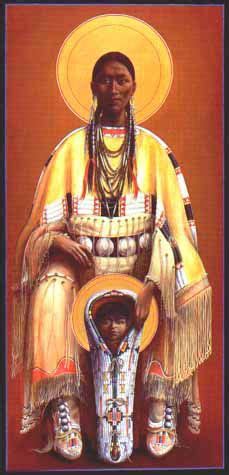



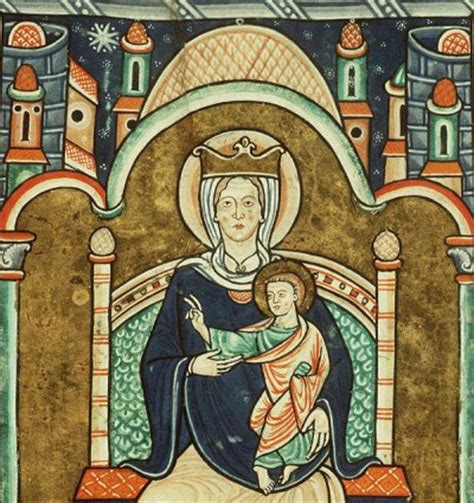


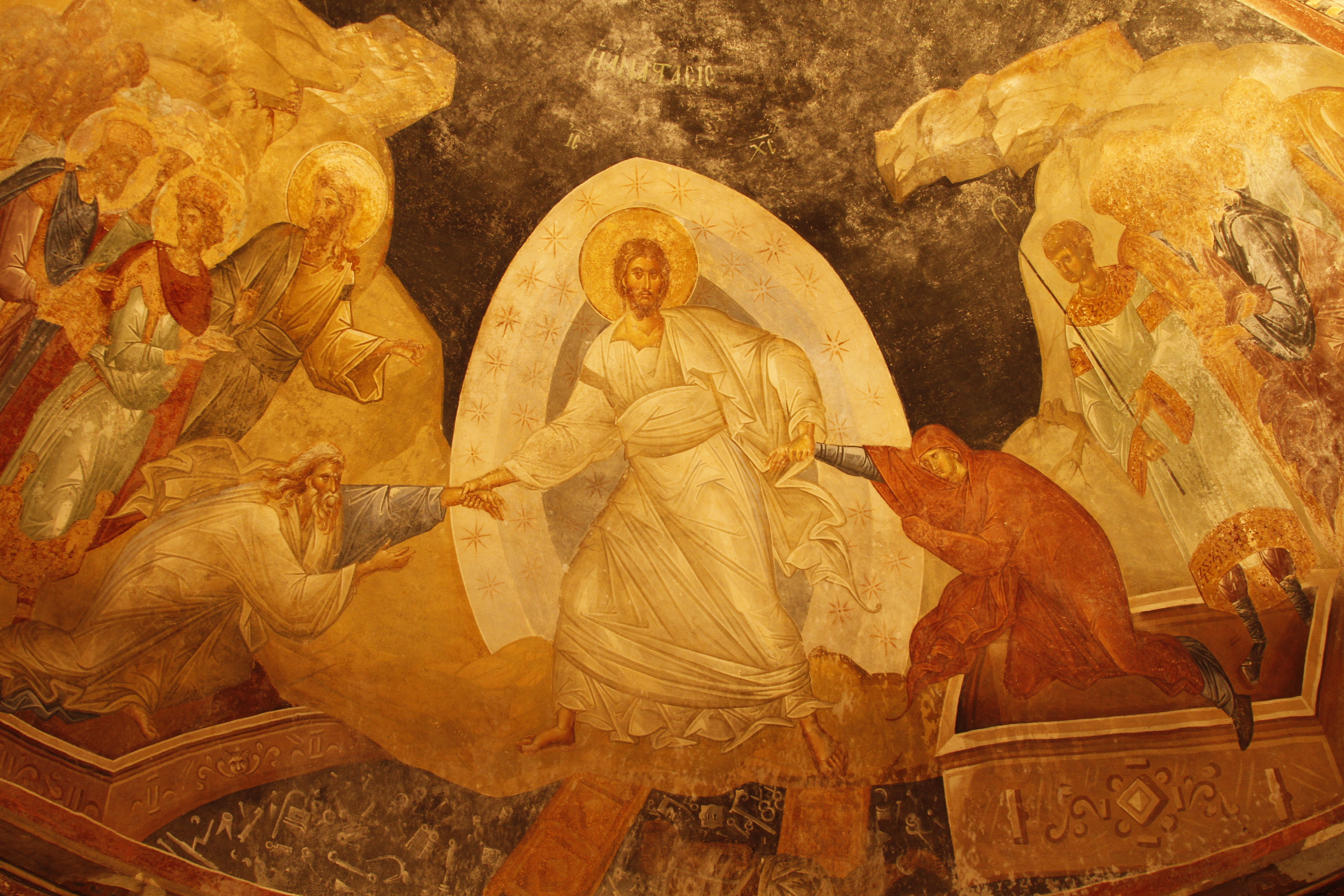
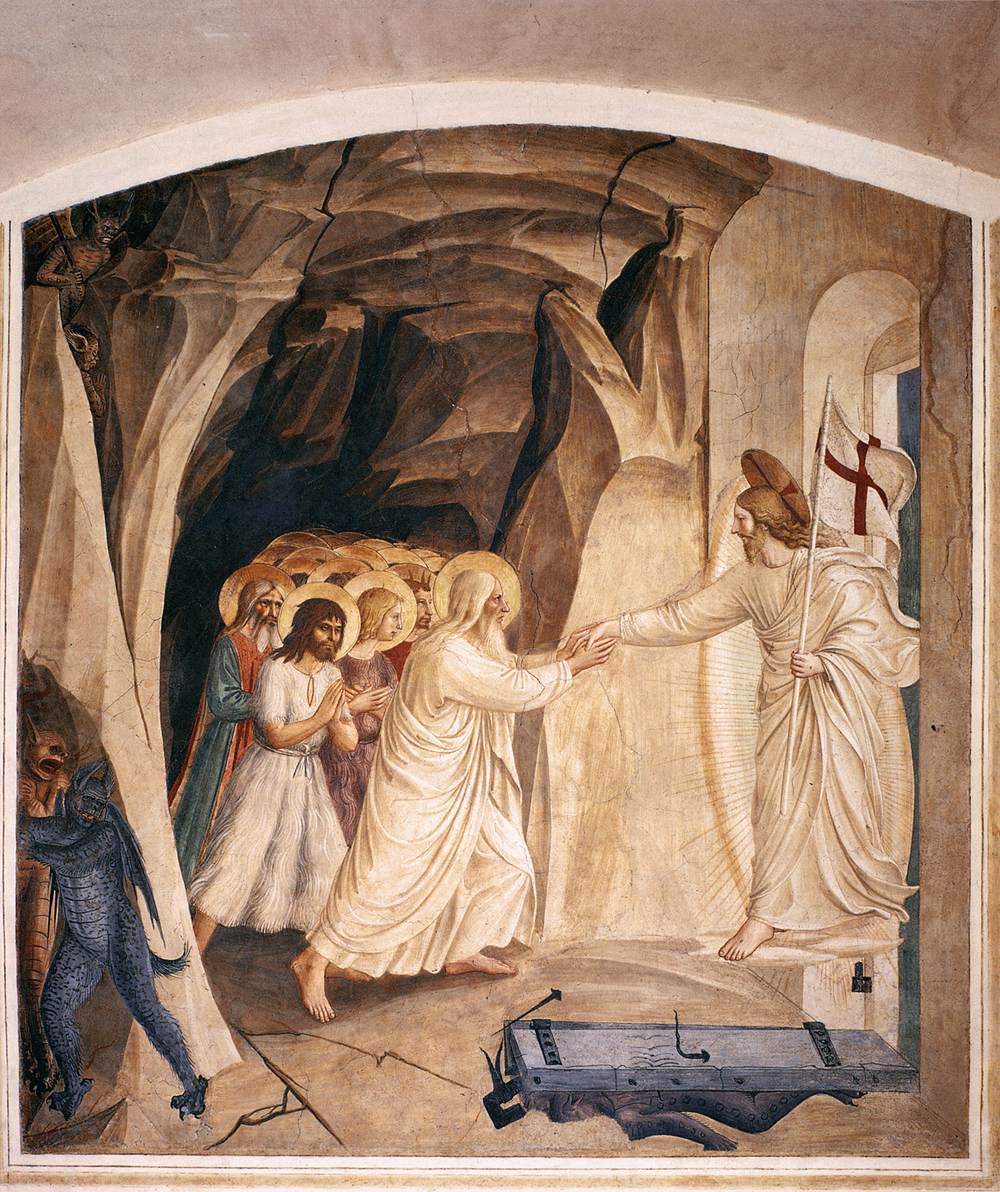




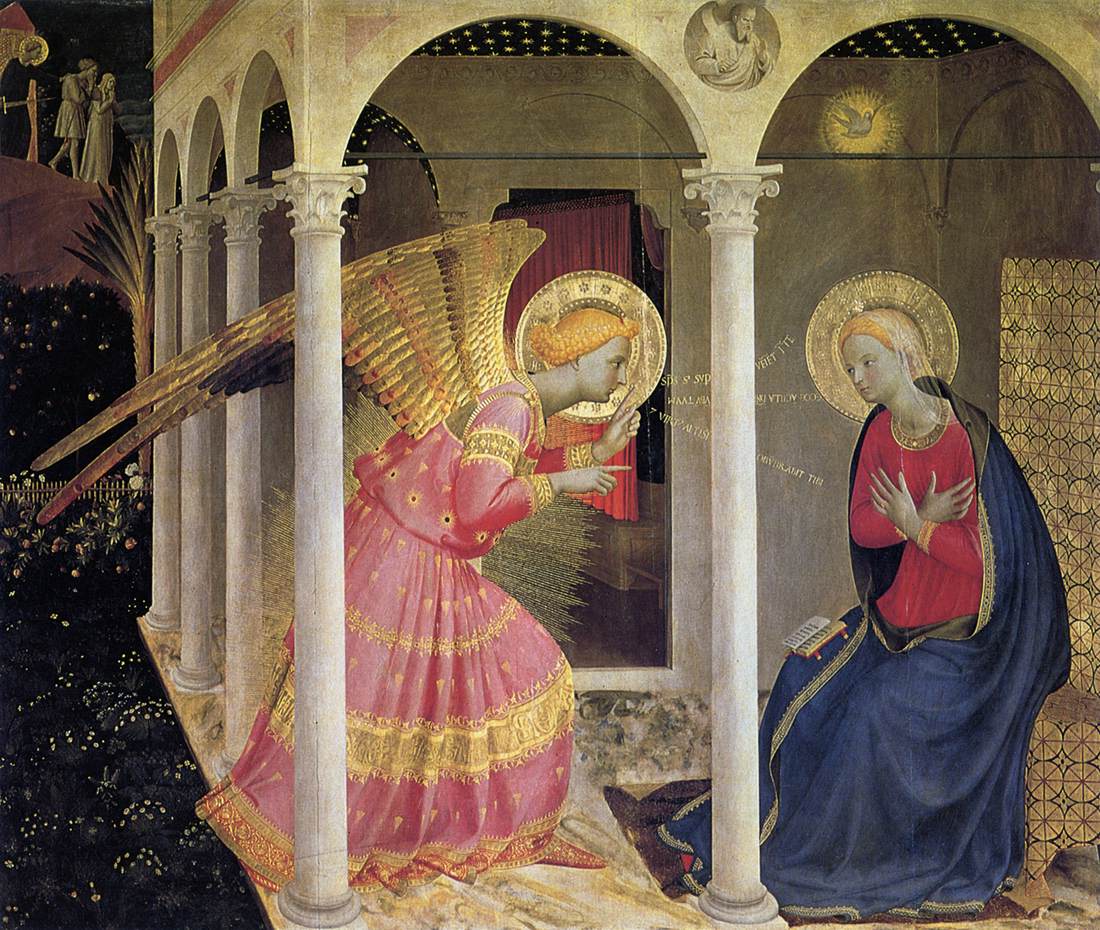










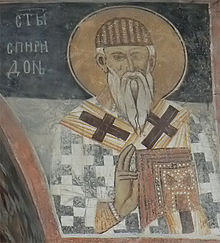






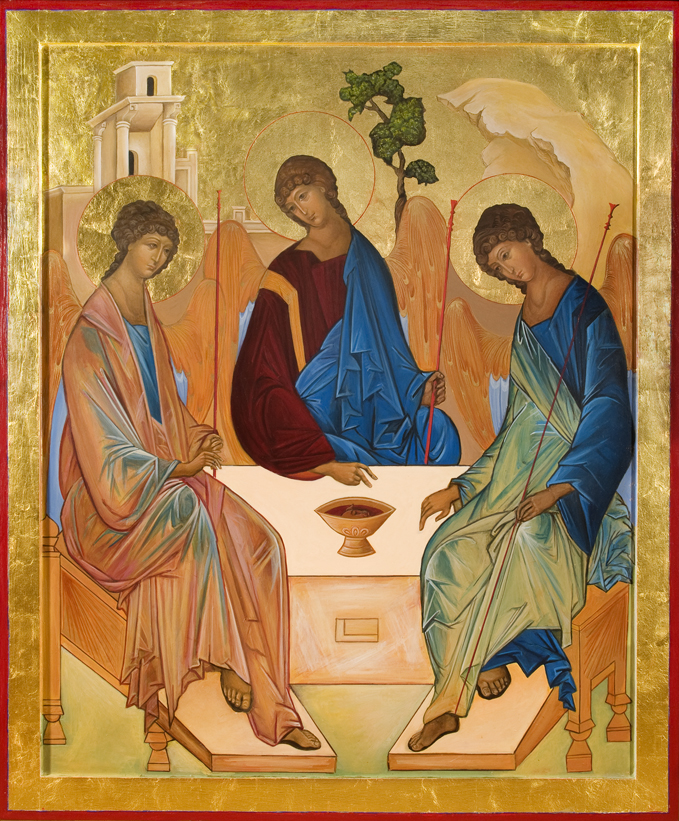



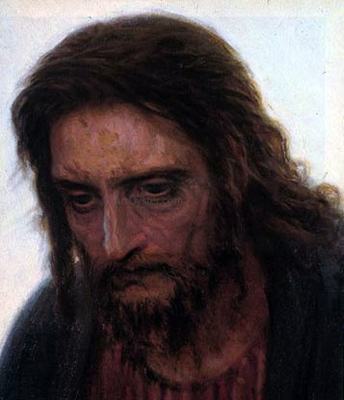





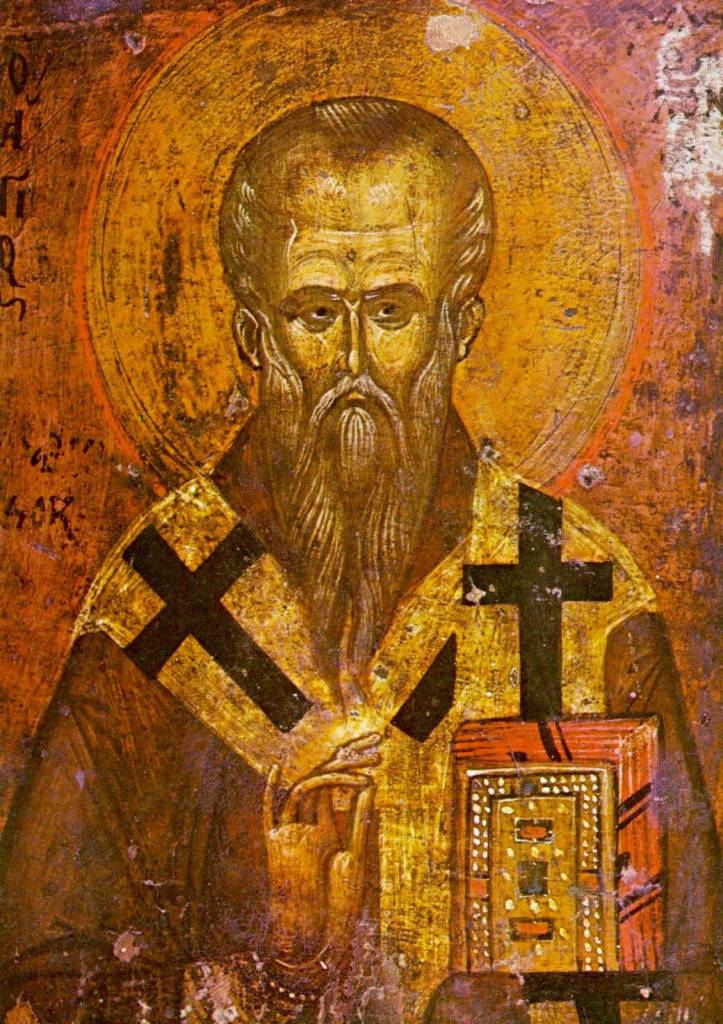





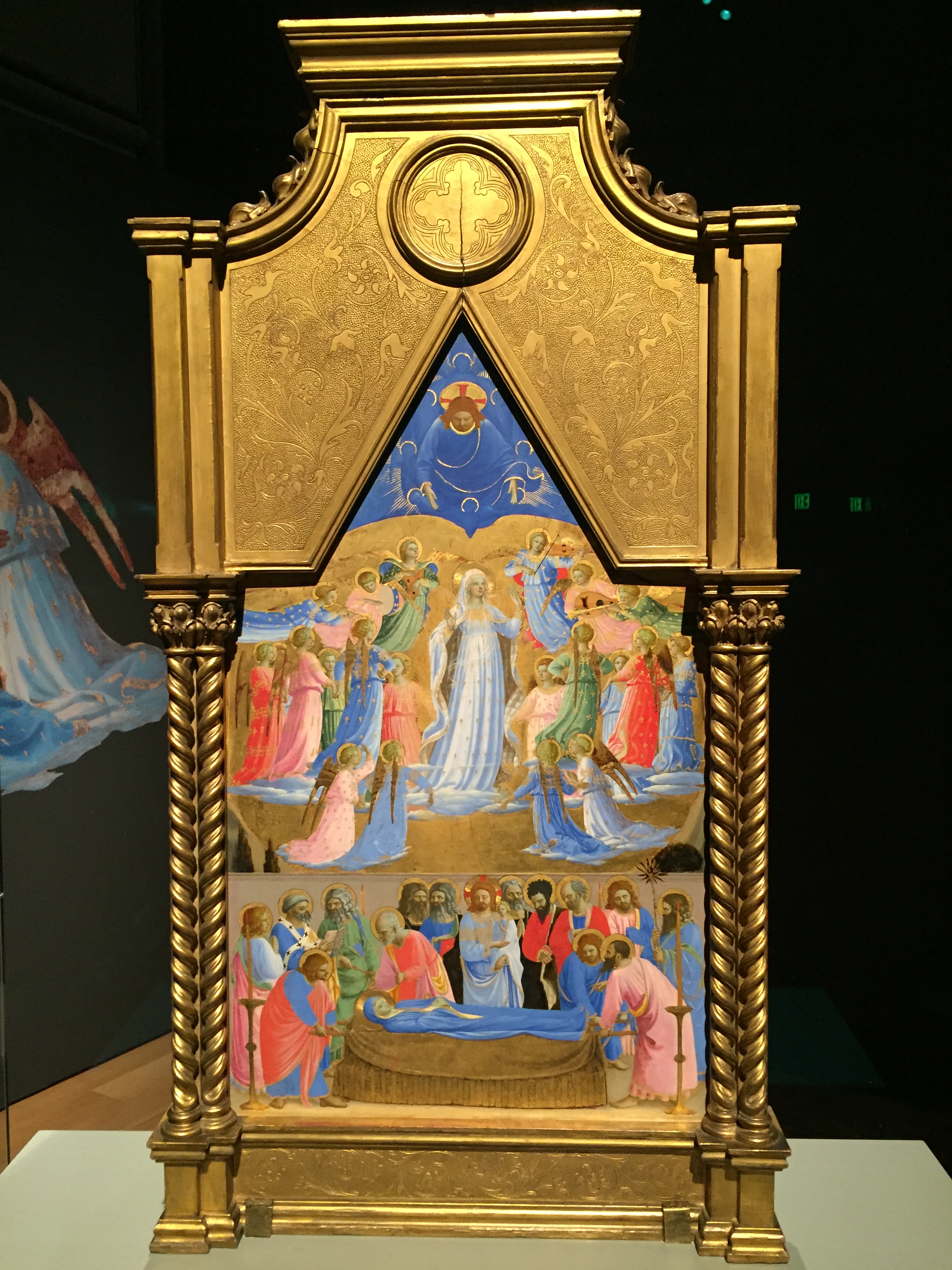
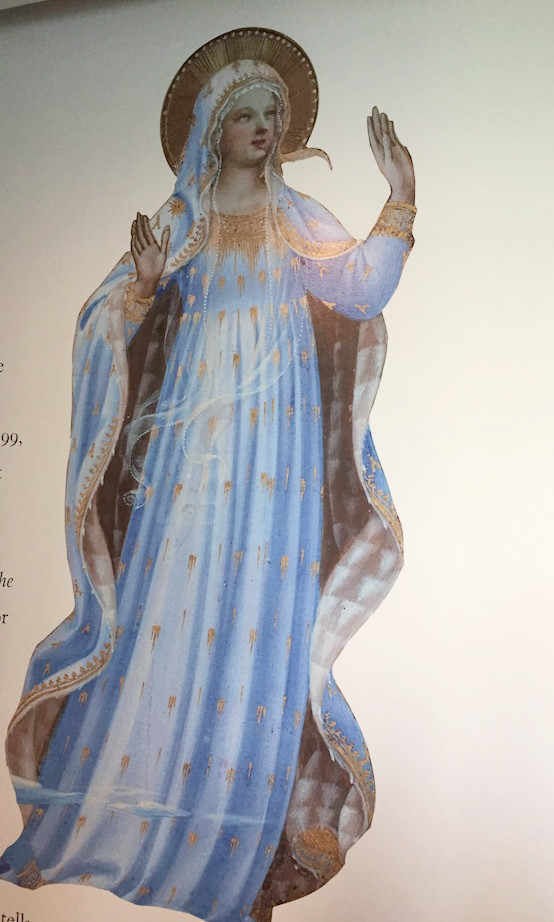

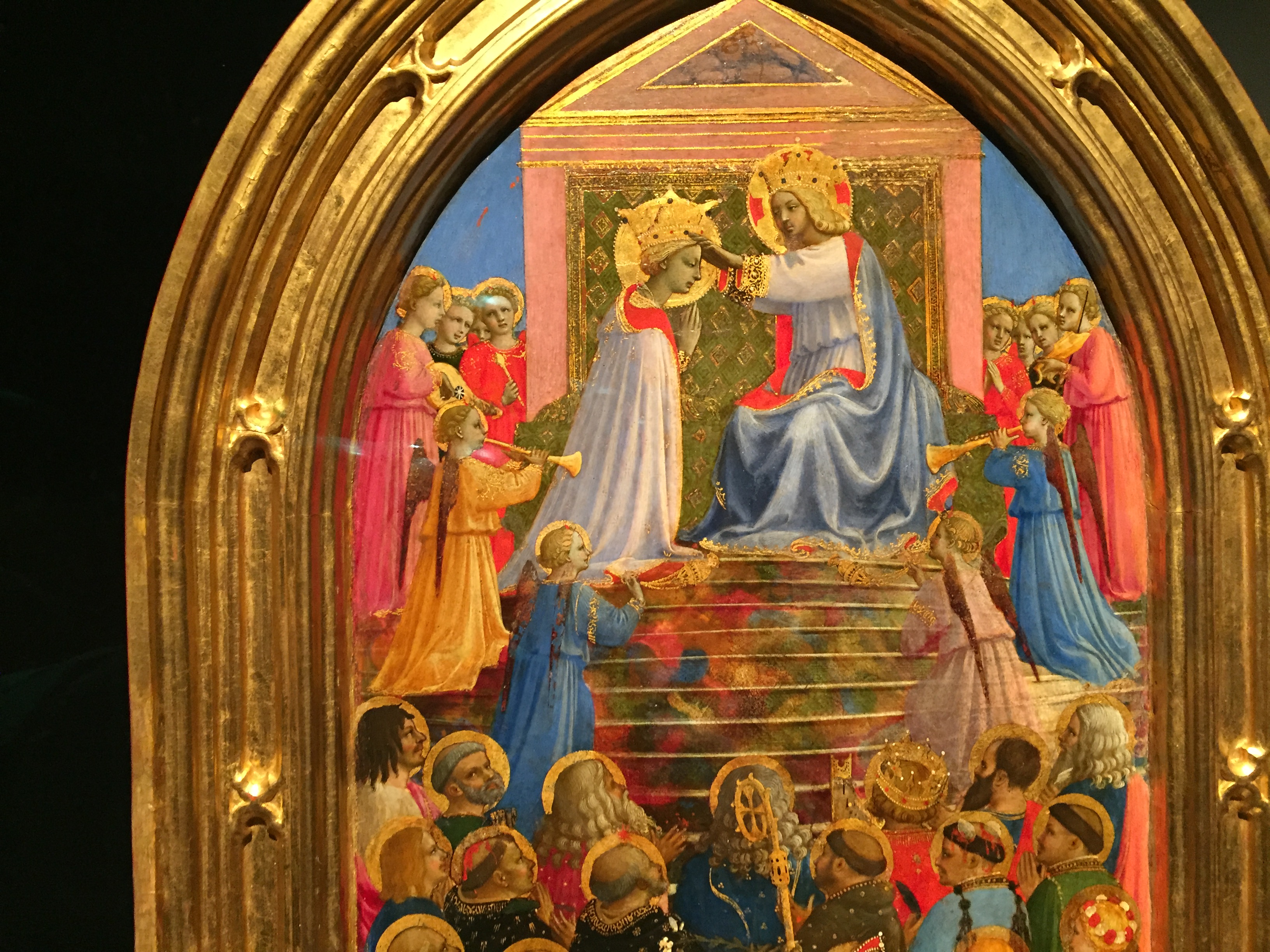
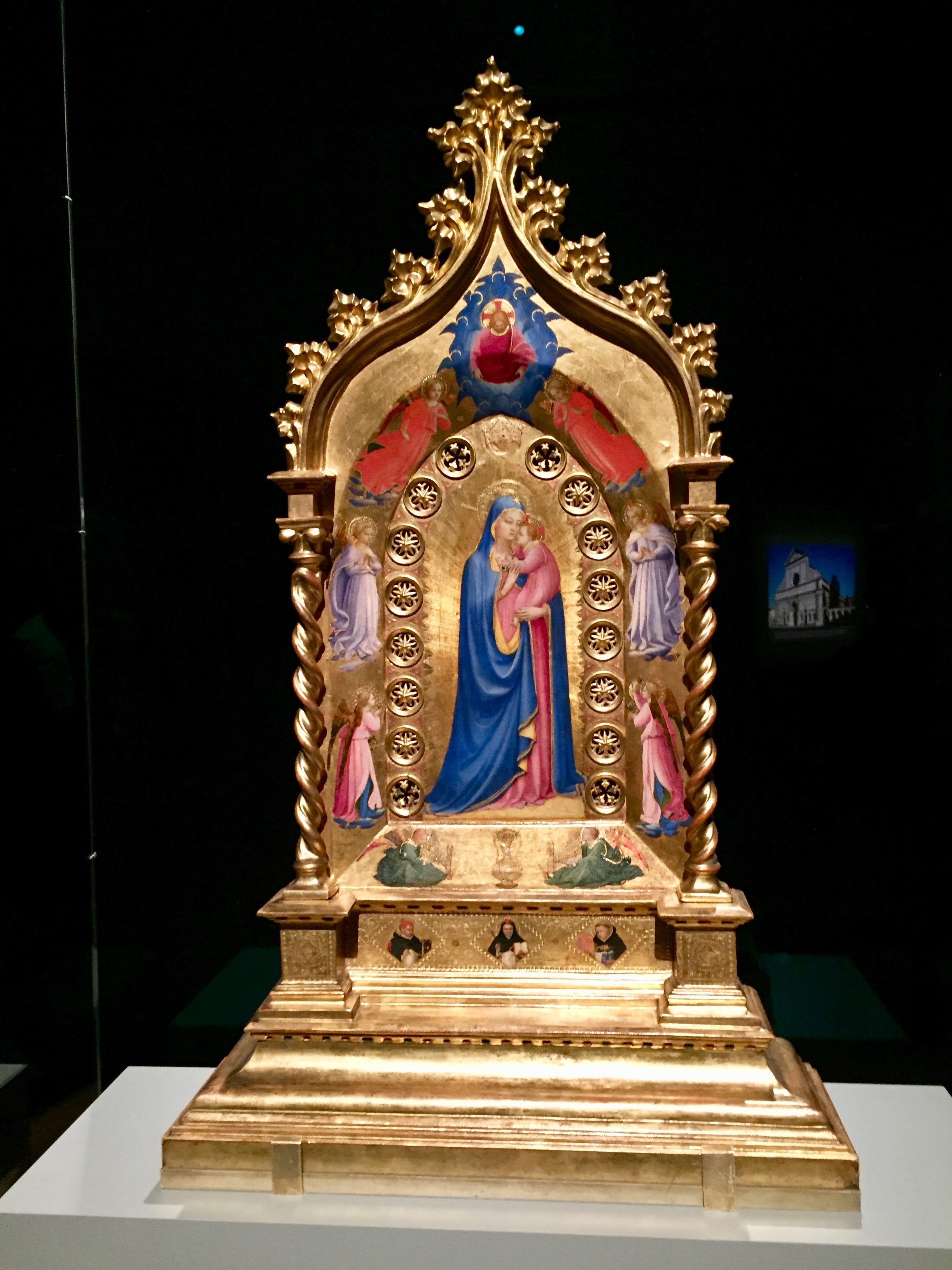



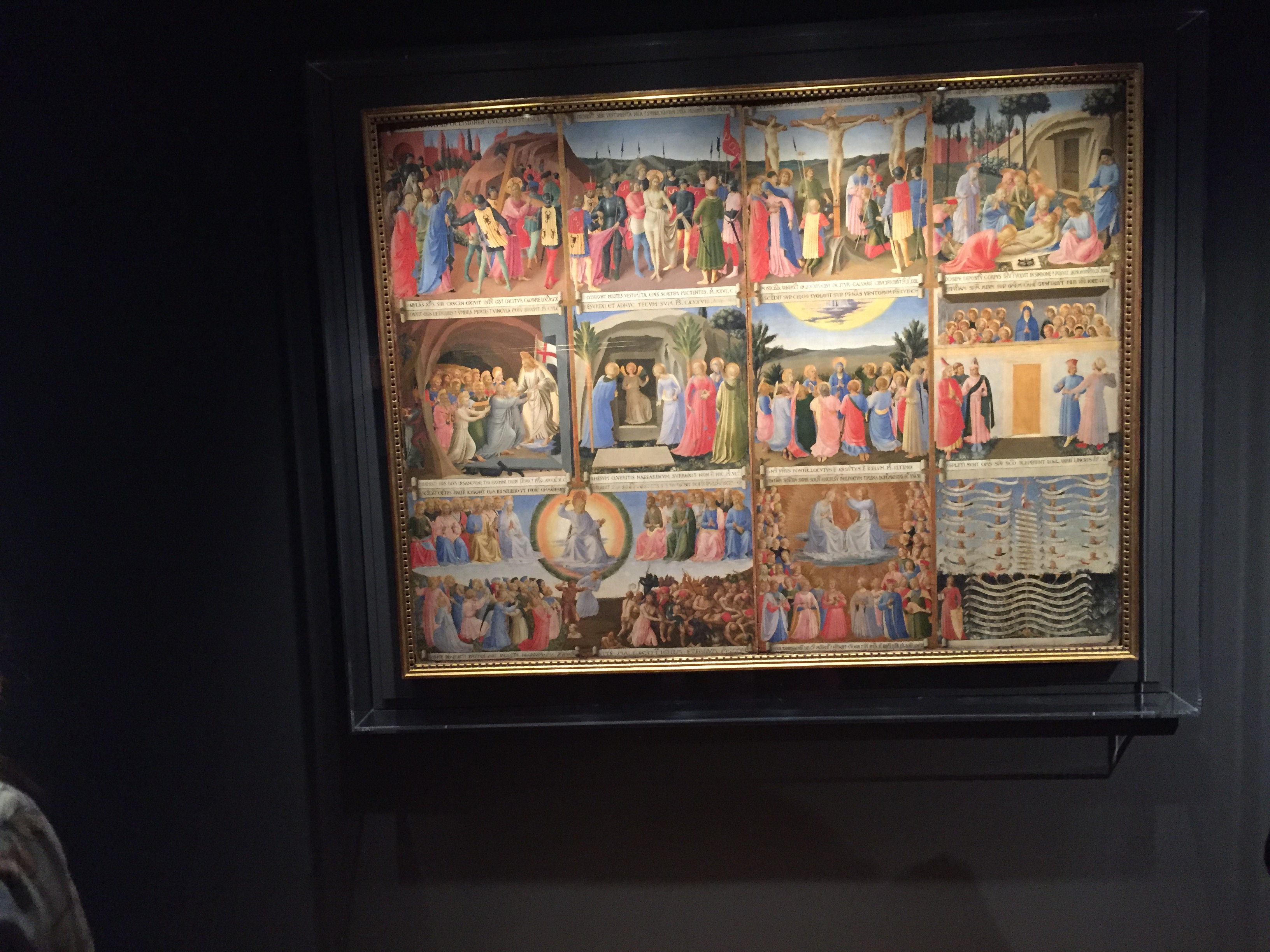

 The above photo is one of the thirty-six panels describing events of the New Testament, in this case the Coming of the Holy Spirit at Pentecost. Notice Jesus’ mother Mary at the top center of the image with the Apostles and disciples (Peter is on her top right, and John is on her top left). They are receiving the Gifts and Fruits of the Holy Spirit symbolized by the tongues of fire. A curious crowd gathers below the upper room as described in the Acts of the Apostles.
The above photo is one of the thirty-six panels describing events of the New Testament, in this case the Coming of the Holy Spirit at Pentecost. Notice Jesus’ mother Mary at the top center of the image with the Apostles and disciples (Peter is on her top right, and John is on her top left). They are receiving the Gifts and Fruits of the Holy Spirit symbolized by the tongues of fire. A curious crowd gathers below the upper room as described in the Acts of the Apostles. 







“Paul, your protestations begs the question, do pagans go to Heaven? If so, why? If not, why not?” from Bernard Gallagher
These are excellent questions.
Before I attempt to answer them my readers should understand that I am a committed and Traditional Roman Catholic. His questions will be answered through the lens of the teachings of my Faith. That Faith is based on a foundation of Holy Scripture, Sacred Tradition, and two thousand years of Catholic scholarship.
Allow me to also mention that we need to understand that two Councils of the Church, the Councils of Orange and Trent (1000 years later), are critical in forming a correct answer to Mr. Gallagher’s questions. The Councils of Orange are significant (both of them were held in the city of Orange in Southern France, AD 441 and 529). The more important Second Council of Orange’s episcopal deliberations were sent to Rome and approved by Pope Boniface II in AD 531. That Council specifically proclaimed that everyone (who has reached the “age of reason”) is given sufficient Grace to be saved from eternal damnation. God will give, and has given all people, Actual Grace. If a person accepts and acts on that Grace, they will be saved.
What is Actual Grace? Actual Grace is an admonition by God for a person to correct their way of life, desire, search after, and make the sincere effort to obtain the Sanctifying Grace provided by the Catholic Church. The key action which achieves salvation and eternal life with God is the Holy Sacrament of Baptism. This allows the person to enter into God’s family. The Sacrament of Baptism removes Original Sin from an individual’s soul and enables it to receive additional Sacramental Sanctifying Grace. All Grace enables a person to become holy in God’s eyes. The other six Sacraments flow from the waters of Baptism. Pope Pius 9th (papal reign 1846 -1878) proclaimed that it would be extraordinary for an unbaptized person to achieve the eternal salvation and reward of Heaven.
First principle,
a) The Roman Catholic Church, the ethnic church Rites that are in union with Rome, the Greek and Russian Orthodox Churches, and some of the Protestant churches say that Jesus Christ, is the Word of God, the Son of the Father, begotten not made and consubstantial with Him. He is the Messiah, the Savior. His human life, ministry, passion, death, and resurrection redeemed mankind from their sins. His divinity is expressed through His position as the Second Person of the Blessed Trinity.
b) He is known to mankind through the historical Gospels and Epistles of the Apostles, the witness of His Mother, the Virgin Mary (especially at her apparition at Fatima, Portugal in 1917. When asked what sin was most harmful and condemned unrepentant people to Hell she responded: ‘The sins of impurity are one of the major reasons why men and women are condemned to Hell.'” We cannot ignore our sins or consider them unimportant because of the current worldview. Also, the erudition of the Catholic Church Fathers, Doctors of the Church, Saints, and the historical teaching authority of the Church have all provided the scholarship and analysis that is sufficient for humanity to understand God’d Revelation and laws.
c) He is also known through the extraordinary scholarship of St. Augustine and St. Thomas Aquinas. The teaching authority of the Church, (as found in its Magisterium), is the Church’s responsibility to give to the world an authentic interpretation of the Revelation of God as found in Sacred Scripture and Sacred Tradition.
d) Additionally, let us not forget the importance of the testimony of the angels found in Holy Scripture, and the saints, of whom Jesus’ Mother Mary is the greatest of saints. All of these facts contribute to mankind’s understanding and witness of our Savior Jesus Christ.
e) Jesus commissioned His Apostles (the first bishops) to make known the free gift of His Redemption and graces. These critical graces are found in the Seven Sacraments of the Church, beginning with the keystone Sacrament, Baptism.
Second, let’s refer to what Jesus Christ says in response to Nicodemus’ questions concerning eternal life in the Gospel of St. John, John 3: 1-21: “Amen, amen, I say to you, unless a man be born again, he cannot see the kingdom of God.” Nicodemus continues to question Him, and Jesus responds, “Amen, amen, I say to you, unless a man be born again of water and the Spirit, he cannot enter the kingdom of God…You must be born again.”
The great significance of the necessity of Baptism into the Christian faith is again stressed in another passage of the Gospels. The Gospel of St. Matthew, in its very last passage deals with the commissioning of the Apostles which occurred after His resurrection and before His Ascension back to the Father. Jesus emphasizes that combined with their preaching and works they must baptize faith-filled individuals because of Adam and Eve’s sin. Humanity’s broken relationship with God must be healed. It was healed through the death and resurrection of the Father’s Son Jesus the Christ. Jesus death, on our behalf allowed the formation of the Church and the Sacraments to be instituted to provide the grace to a broken humanity. Baptism is the Sacrament that makes this happen. It makes an individual’s body and soul a member of God’s family. Matthew 28: 18-20: “Jesus drew near and spoke to them saying, “all power in Heaven and on earth has been given to me. Go, therefore, and make disciples of all nations, baptizing them in the name of the Father, and the Son, and the Holy Spirit, teaching them to observe all that I have commanded you; and behold, I am with you always, to the close of the age.”
Third, it appears, within the Christian faith, that we can come to specific conclusions that will provide a springboard for my response to Mr. Gallagher:
Fourth, so, are pagans going to Heaven or Hell?
In a nutshell, I would never presume to know God’s mind, except from that which He revealed through Holy Scripture and Sacred Tradition. I would never make a judgement on another person’s soul as he or she are seen by God at the time of their death and individual judgement. Unknown to the world, even a great sinner may suddenly, in their last moments, repent of their sins and ask for God’s mercy. But, make no mistake about it, Scriptural Revelation, and the Sacred Tradition of the Catholic Church and specifically the words of Jesus in the Holy Scriptures, states that there is a Hell (Matthew 10: 28; 22: 13. Luke 16: 26; etc.); there is a Heaven, and, damnation into Hell for all eternity.
It is believed that there is also a place of natural happiness called Limbo. It is not within Heaven, nor is it in the fires of the Hell of the Damned. It is a state of natural happiness and joy. It is not supernatural happiness because its inhabitants do not have the Beatific Vision (see additional discussion in the Summa Theologica, Supplement 1, 3rd part article 2, by Fra Rainaldo da Piperino). The question of what happens to infants who die without the Sanctifying Grace of Baptism is a much debated issue. Many Traditionalists support the idea of Limbo; however, contemporary scholarship supports the idea that God, in His mercy, would not withdraw the vision of His glory to unbaptized infants who have died.
Some additional issues:
Copyright © 2011- 2019, Deacon Paul O. Iacono – All Rights Reserved. Permission to reprint must be obtained (through the Comments section below) from the author in writing. Students, and those interested, may quote small sections of the article as long as the proper credit and notation is given. Thank you